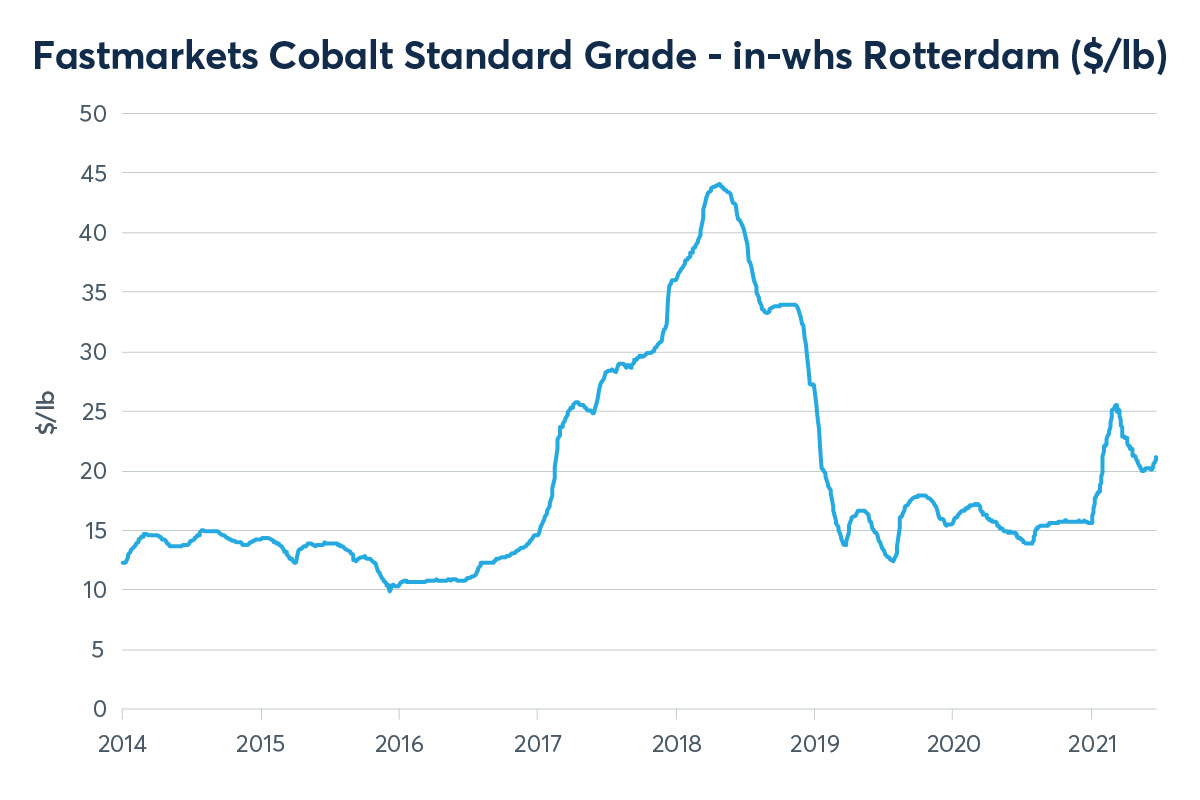

But, the reality is that whether the price of resources increase or decrease, the people do not benefit. That there already is in place a problematic and inefficient Corporate Social Responsibility (CSR) framework governing the operations of mining companies in affected communities, these fears are legitimate.īy all accounts, the mining sector should have been a saviour of the country’s economy. Thus, when the price of copper goes up, hopes are raised that lives will change and when the price goes down, fears abound of operations scaling down, leading to massive job losses and a decline in contributions to the fiscus. Still, Zambians have consistently monitored the health of the mining sector, knowing its contribution to the overall economy. At some stage, Zambia was the biggest African producer of copper until the Democratic Republic of the Congo (DRC) overtook it in 2013. Since privatisation in early 90s, the mining sector has attracted Canadian, Chinese, Indian, Australian and American mining companies. It has been like this since the country attained independence in October 1964.

We do not source any cobalt from the DRC nor from Glencore, Fleurette, China Molybdenum or Gecamines.Zambia’s entire economy is dependent on copper. Our available sources are from China, Australia and warrantable LME lots. Due to shipping routes, China, Australia, New Caledonia, Papua New Guinea and the Philippines are the most efficient sources of cobalt for Singapore. While the DRC concentration takes center stage, cobalt is otherwise fairly spread out worldwide as it is mostly mined as a byproduct of nickel and other primary metals. Unfortunately, the DRC is also known for its citizens’ poverty and its governmental mismanagement, corruption and brutality.

The soil in the DRC is very cobalt-rich, allowing this country to supply over half of cobalt worldwide. Of the top five mining companies, four have extensive operations in the Democratic Republic of the Congo (DRC). Mining in Canada and New Caledonia Brazilian company Mining in DRC Israeli company to be absorbed into Glencore The top 5 cobalt producers ( 2016 numbers): This is interesting for physical cobalt holders, as these holdings could become very valuable should cobalt dependent factories experience acute supply disruptions and are forced to buy physical to prevent factory shutdowns. Off-take contracts create an opaque supply system that is prone to disruption, should the miners involved be unable or unwilling to deliver (many of these miners are heavily dependent on the geopolitical environment in the Democratic Republic of Congo DRC). Off-take contracts imply that most future cobalt mining supply has already been sold, greatly limiting availability Off-take contracts to sell future production over time, such as five tons per month for five years. Production is available at the LME as of 2018.Īre widely used, very little cobalt is delivered through the exchange itself.

Only around 400 tons (representing just 0.3%) of yearly These suppliers account for less than 20% of cobalt Only eight suppliers participate in the system. These are the industry reference prices we also utilize.Īlthough it is possible to acquire physical cobalt via the exchange, The London Metal Exchange (LME) sets cobalt prices once dailyĭuring London trading days.


 0 kommentar(er)
0 kommentar(er)
